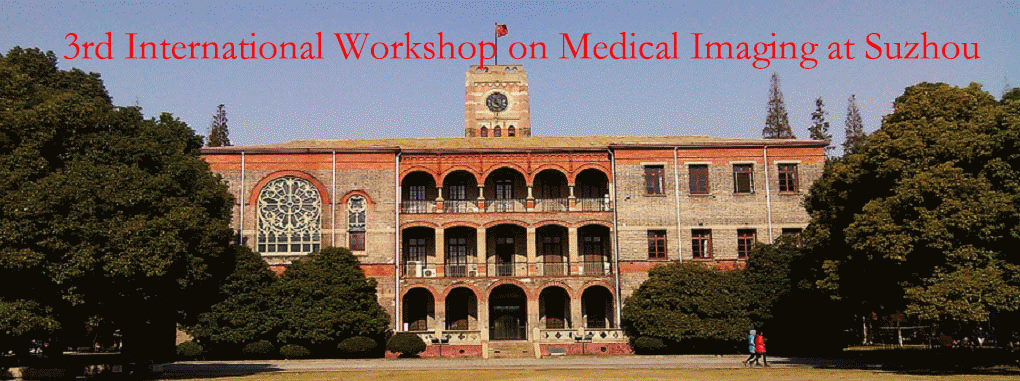
Delia Cabrera DeBuc, Associate Professor, Bascom Palmer Eye Institute
Associate Editor of IEEE Transactions on Medical Imaging
Title: Non-invasive Functional Imaging of Morphological and Vascular
Hemodynamic Signatures in Retinal Diseases
Abstract:
I am planning to outline the capabilities of non-invasive functional imaging analysis of morphological and vascular hemodynamic
signatures in various retinal diseases using two advanced optical imaging devices. The Retinal Function Imager (RFI, Optical Imaging
Inc., Rehovot, Israel) enables the noninvasive, functional analysis of blood flow velocities and also it provides a mapping of the retinal
vasculature down to the capillary level. Spectral Domain Optical Coherence Tomography (Spectralis(r) SD-OCT) is a non-invasive
imaging technology that simultaneously measures multiple wavelengths of reflected light across a spectrum to produce detailed cross-
sectional and 3D images of the eye. Preliminary results of clinical studies currently undergoing in our lab using both technologies
will be presented along with a discussion of the corresponding multimodal imaging analysis advantages.
Brief Bio:
Delia Cabrera DeBuc received her PhD degree in Applied Physics (2002) from the University of Michigan. She is currently a Research
Associate Professor of Ophthalmology at the Bascom Palmer Eye Institute, University of Miami Miller School of Medicine. She is a
biophysicist with specific training in imaging technology and image analysis. Her research group has been supported by grants from
the Juvenile Diabetes Research Foundation and the National Eye Institute. She currently serves as the PI for a NIH’s grant focusing
on early detection of diabetic retinopathy using advanced optical imaging. She has presented nationally and internationally on various
aspects of ocular imaging analysis and corneal biomechanics. Her research interests include medical applications of ultrafast laser
technology and optical imaging, with a particular focus on the human eye, including constitutive modeling of the cornea, computational
simulation of novel surgical procedures along with the development and application of quantitative ophthalmic imaging analysis to
enhance ocular health capabilities.
Dr. Cabrera DeBuc major research undertaking not only includes novel experimental approaches and imaging technologies but also
encompasses a more complete study design to better characterize the pathogenesis of diabetic retinopathy. Particularly, her research
will make it possible to provide clinicians with a powerful method for screening, follow-up, and considering early prophylactic
treatment of the diabetic retinal tissue. Aside from ophthalmic image processing research, she is also actively involved taking the
leading role in ocular tele-health applications as well as in clinical research related to novel ocular imaging biomarkers in central
nervous system (CNS)’ neurodegenerative diseases such as multiple sclerosis, schizophrenia and Alzheimer’s disease. She has
served as a reviewer for the IEEE Transactions on Medical Imaging, Ophthalmology, Expert Review of Ophthalmology, Journal of
Biomechanics, British Journal of Ophthalmology, IOVS, Optics Letters, and Optics Express as well as for NIH grant applications.
Dr. Cabrera DeBuc is currently an associate editor of the IEEE Transactions on Medical Imaging and Recent Patents on Medical
Imaging Journal. She is a member of the SPIE, the Association for Research in Vision and Ophthalmology, the Optical Society of
America, the American Telemedicine Association and the American Physical Society.
